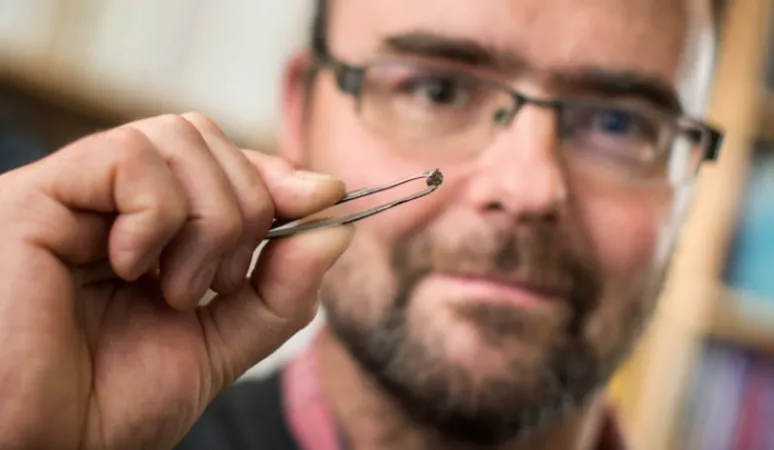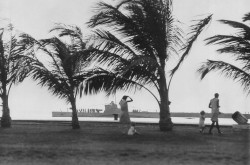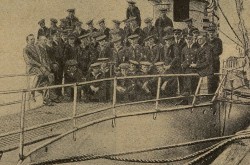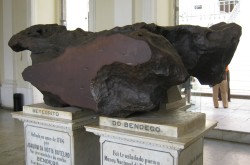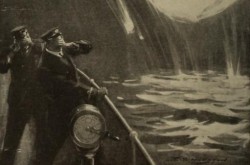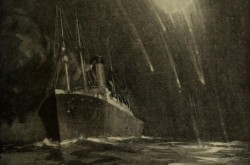Dr. Graham Pearson uses Diamonds as a Scientific Window into the Earth
This article was originally written and submitted as part of a Canada 150 Project, the Innovation Storybook, to crowdsource stories of Canadian innovation with partners across Canada. The content has since been migrated to Ingenium’s Channel, a digital hub featuring curated content related to science, technology and innovation.
The University of Alberta has one of the world’s top diamond research groups, and at the heart of it is 2016 ASTech Awards Finalist for Leadership in Science Dr. Graham Pearson. His work with diamonds has been responsible for several revolutionary innovations within the industry, and has led to Pearson becoming known as the world’s leading scientist in diamond studies.
Diamonds are far more useful than jewelry fans would believe. As Pearson explains, “we use diamonds as scientific windows into the deep Earth. They give a unique picture of parts of the Earth that would otherwise be impossible to access.”
Diamonds provide this unique view of the Earth through their specific minerals, such as ringwoodite. In 2014, Pearson’s team was the first group in the world to collect a ringwoodite sample. At very high pressure, this mineral makes up most of the Earth’s structure from 520 km to 670 km beneath the surface. Despite its abundant supply, ringwoodite had never been observed above the Earth’s surface due to its high pressure characteristics.
“Ringwoodite is a high pressure form of the mineral olivine, and due to the extreme pressures it’s crystalline structure is modified,” explains Pearson. “So if you extracted ringwoodite from within the Earth and brought it up to the surface, it would revert back into olivine.”
Read the full story here.
Transcript
Congratulations 2016 ASTech Awards Finalist Dr.Graham Pearson. Find out more about his innovative work with diamonds and geology in this short video profile.



